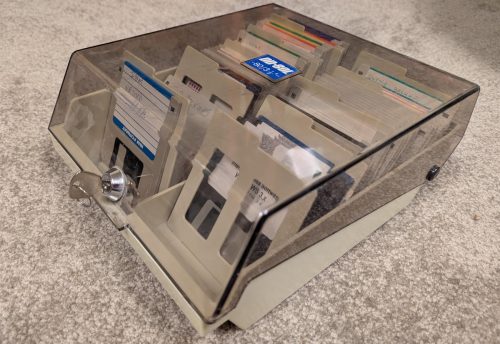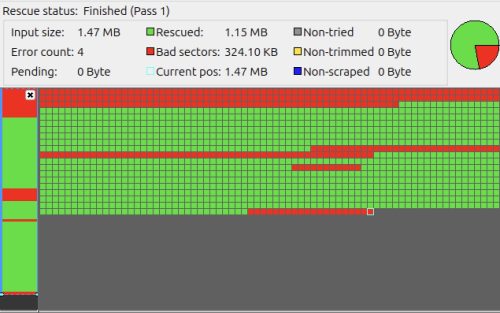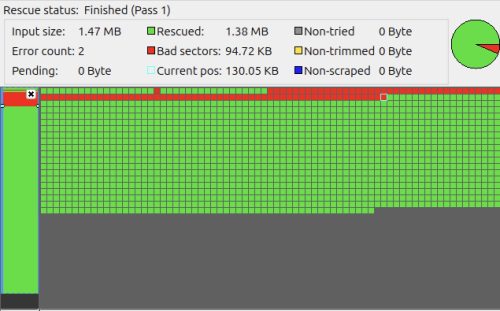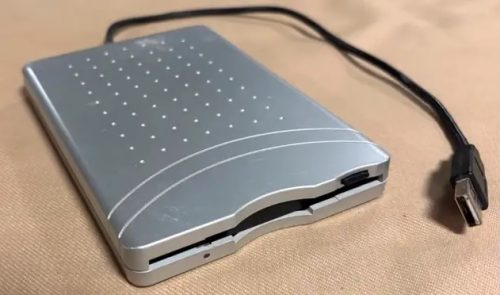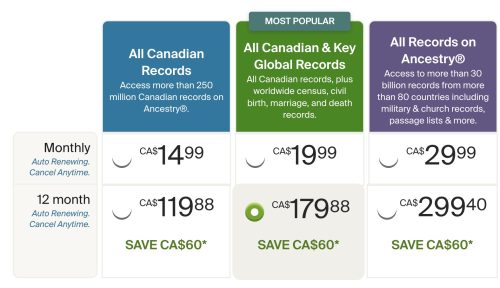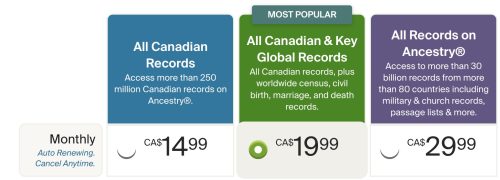I made the switch from CRT projection technology to a modern digital projector back in 2008 when I bought the Epson 1080UB. At the time, there was a lot of criticism of the new-ish digital projectors and their black levels, but the ease of use, reduced maintenance and price were attractive. I’ll likely write up an exit review of the 1080UB, but it lasted a long time and was a great projector until recently.
Near the end of May this year one of my friends had some projector woes and was looking for a replacement. There are a lot of choices out there and he first picked the Hisense PL2, but upon getting it and trying it out – it didn’t meet his needs. He then considered the Epson 3200 or the Epson 3800, the choice between these seems difficult and the street price was close. While he was mulling this decision over, I spotted an Epson 4010 as a refurb on amazon for only $1600 – and he jumped at this deal. He reported that the refurb arrived in perfect shape and that it was an amazing upgrade.
At the time I wasn’t looking to change things up, but the Epson 4010 ticked a lot of boxes for my next projector list. It wasn’t the UB range, and it still used a traditional lamp – but this refurb was great value for money.
A few week later I saw the Epson 5050UB as a refurb deal for under $3000, certainly tempting but while my 1080UB was giving me some trouble it was still kicking along. This 5050UB deal soon disappeared like any good deal, and that door closed.
Maybe a week after that, I start of have more frequent (daily) issues with the 1080UB and from a WAF it was time to get a new one. I started my hunt. A dream projector would be the Epson LS11000 which with the right deals lands in around $5000. At this price I start looking at the high end JVC and Sony offerings too. As mentioned a good deal on a current model UB projector would be nice too.
One constraint I need to work within, is where my projector is mounted. It’s on the ceiling, about 16′ from the screen – which is a 92″ diagonal (80″x45″). One day I may bump the screen size up a little, but size limitations are things like: room size, speaker placement, and brightness levels (larger screen, less intensity). In any case, this long throw was designed around the 1080UB which has a 2.1x zoom allowing for this placement. Great options like the Epson 3800 only have 1.62x zoom, forcing a much closer mounting to the screen.
Around this time I discover the official Epson refurb store – at the time it listed both the 4010 and 4050 at under $2k. The Epson 4010 is considered the consumer version, and the 4050 a custom installer version. The 4010 is white and you might see it for sale in the local big box store, The 4050 is black and comes with a few extras – but you’ll likely only get it via a boutique AV store that does whole theater builds outs, oh and it also has a 3yr warranty vs a 2yr warranty. Other than these minor differences, the projectors are twins – totally identical performance.
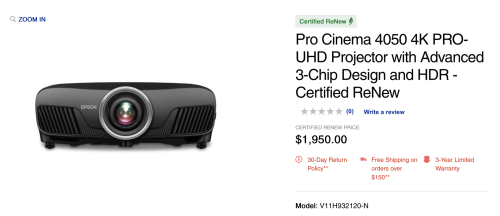 While the 4050 was $130.01 more expensive than the 4010, I couldn’t resist the black exterior – and the idea that this would make my theater seem more like a custom install. It’s hard to figure out the actual street price for the 4050 as the Epson site just points you at places that will sell it to you (again, custom installers). You can find a price for the 4010 which is $3299.00, and if we assume the 4050 is a bit higher, the refurbished price is a nice discount.
While the 4050 was $130.01 more expensive than the 4010, I couldn’t resist the black exterior – and the idea that this would make my theater seem more like a custom install. It’s hard to figure out the actual street price for the 4050 as the Epson site just points you at places that will sell it to you (again, custom installers). You can find a price for the 4010 which is $3299.00, and if we assume the 4050 is a bit higher, the refurbished price is a nice discount.
I will share that I did find some debate over the quality and overall experience of ordering via the Epson refurb store. The website does list a return policy, but it is unclear if that is exchange only for refurbished units.
 Still, given my requirements and the discounted price, this still seemed like a good choice. Fingers crossed I waited for the new to me projector to ship.
Still, given my requirements and the discounted price, this still seemed like a good choice. Fingers crossed I waited for the new to me projector to ship.
A day later, my credit card company flagged the attempt to charge my card from Epson as suspicious. Fair. However, very frustrating because while I did indicate to the credit card company I was good with the purchase, apparently the only thing to do is ask the merchant to try again? When I called Epson later (and it was quick to get to a live person) they seemed to not have any problem at their end with my payment, but they also had no idea about the decline. I was forced to just patiently wait to see if this all worked out.
It did. I got a shipping notice from Epson and a Purolator tracking number, checking my credit card online showed that I had been charged. Overall from when I made the web order to it arriving on my doorstep was 8 days, not bad.
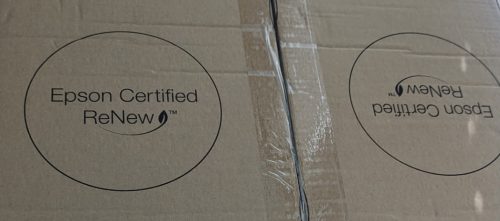 It arrived in a large box, clearly marked as a renewed product.
It arrived in a large box, clearly marked as a renewed product.
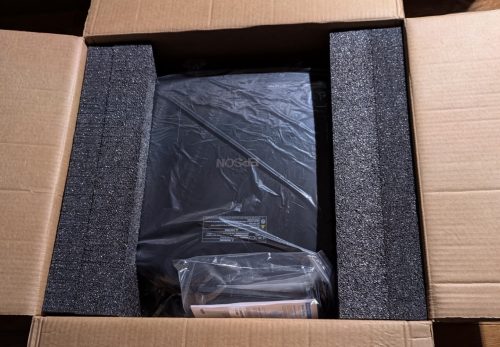 While I knew the dimensions (19 cm x 52 cm x 45 cm), seeing the unit in person was a little surprising. That large box was mostly taken up by a large projector. It was well packed and protected.
While I knew the dimensions (19 cm x 52 cm x 45 cm), seeing the unit in person was a little surprising. That large box was mostly taken up by a large projector. It was well packed and protected.
 I will post up more details on my new projector in a later post, but the unit that arrived was pristine. Not a mark. There are a few stickers added to the projector to indicate it’s renewed status but this is very much a new in box feeling. Unlike a full retail price version of the 4050, there was no extra lamp nor mount included (no surprise here). The remote was included (with batteries), a power cord, and a few cable locking clips. At this point, the extra $130 got me a black exterior and an extra year of warranty. Worth it? Absolutely.
I will post up more details on my new projector in a later post, but the unit that arrived was pristine. Not a mark. There are a few stickers added to the projector to indicate it’s renewed status but this is very much a new in box feeling. Unlike a full retail price version of the 4050, there was no extra lamp nor mount included (no surprise here). The remote was included (with batteries), a power cord, and a few cable locking clips. At this point, the extra $130 got me a black exterior and an extra year of warranty. Worth it? Absolutely.

